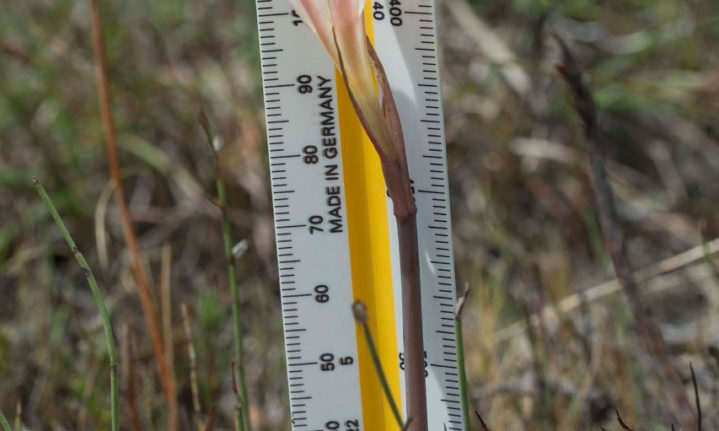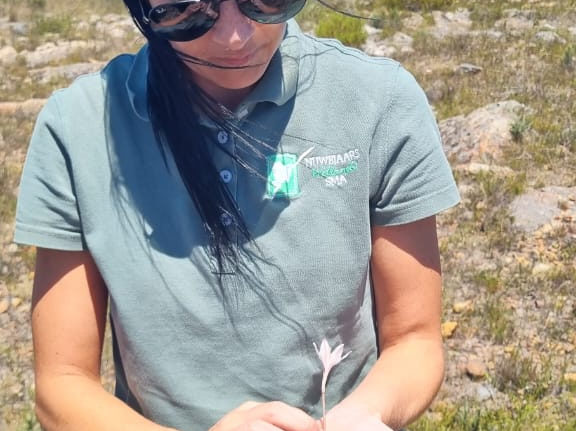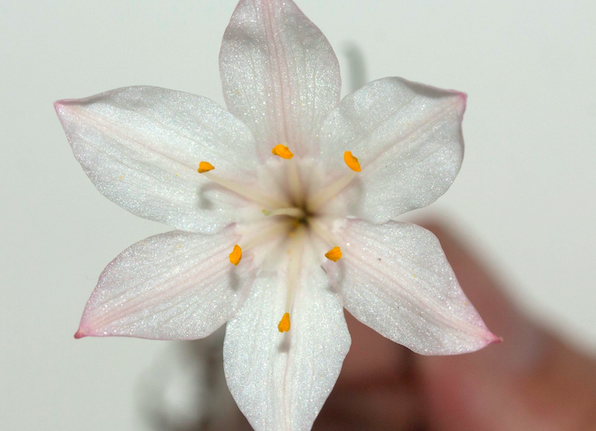A new fynbos species has been discovered in the Western Cape. The Cyrtanthus novus-annus was discovered in the Nuwejaars Wetlands Special Management Area (NWSMA), a conservation area covering 47 000 hectares near Agulhas National Park. The region is home to a range of Critically Endangered vegetation and wetlands.

The pretty pink and white-flowered plants have only been found in two locations, both in the Nuwejaars Wetlands. With fewer than 250 plants in total and covering an area of less than 5km², it’s likely that the new Cyrtanthus will be classified as Endangered on the South African National Biodiversity Institute (SANBI) Red List once assessed.
Cyrtanthus expert Dr Dee Snijman said the species epithet honours the recent restoration of biodiversity in the Nuwejaars Wetlands area.
A new sister for the Bredasdorp Lily
In a botanical twist, the Cyrtanthus novus-annus is seen as a sister species to the Critically Endangered Cyrtanthus guthrieae (the Bredasdorp Lily), given their resemblance and their reasonably close proximity to each other. The Bredasdorp Lily only occurs in the mountains above the Overberg town.
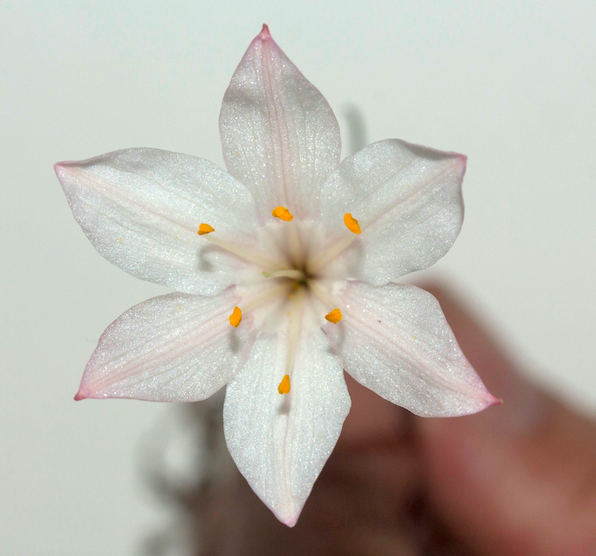
This unexpected discovery took place in 2019, when during an exploratory NWSMA trip, a small population of the pink and white flowering plants were spotted. A series of events, including Covid and the subsequent lockdowns, put the process on hold. But in late 2021, the NWSMA conservation team came across another flowering population.
The experts are called in
With the help of the Botanical Society of South Africa’s (SANBI) Rupert Koopman, the experts were brought in to undertake a complete assessment earlier this year, including Dr Snijman and Dr John Manning.
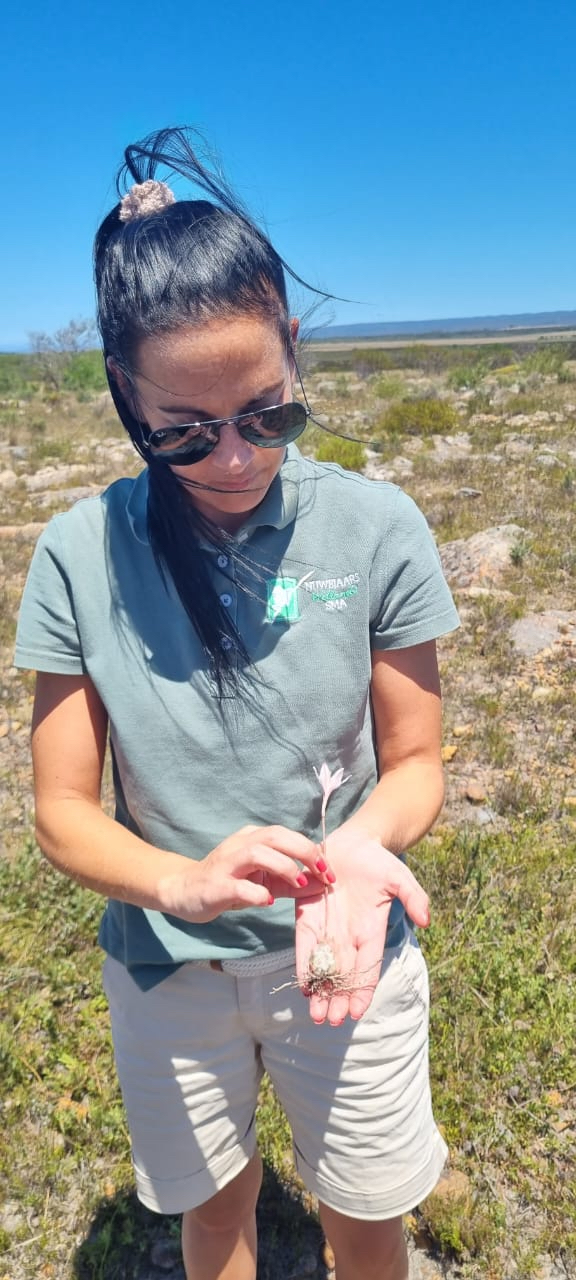
‘This is a great story which highlights how special the Overberg is in terms of plant diversity. And in fact how special the fynbos biome is in general, considering that we are still picking up new species even in areas that are well known,’ Koopman said.
The new species occurs on low, open vegetation, which includes elements of both Central Rûens Shale Renosterveld and Elim Ferricrete Fynbos. Both of these are Critically Endangered.
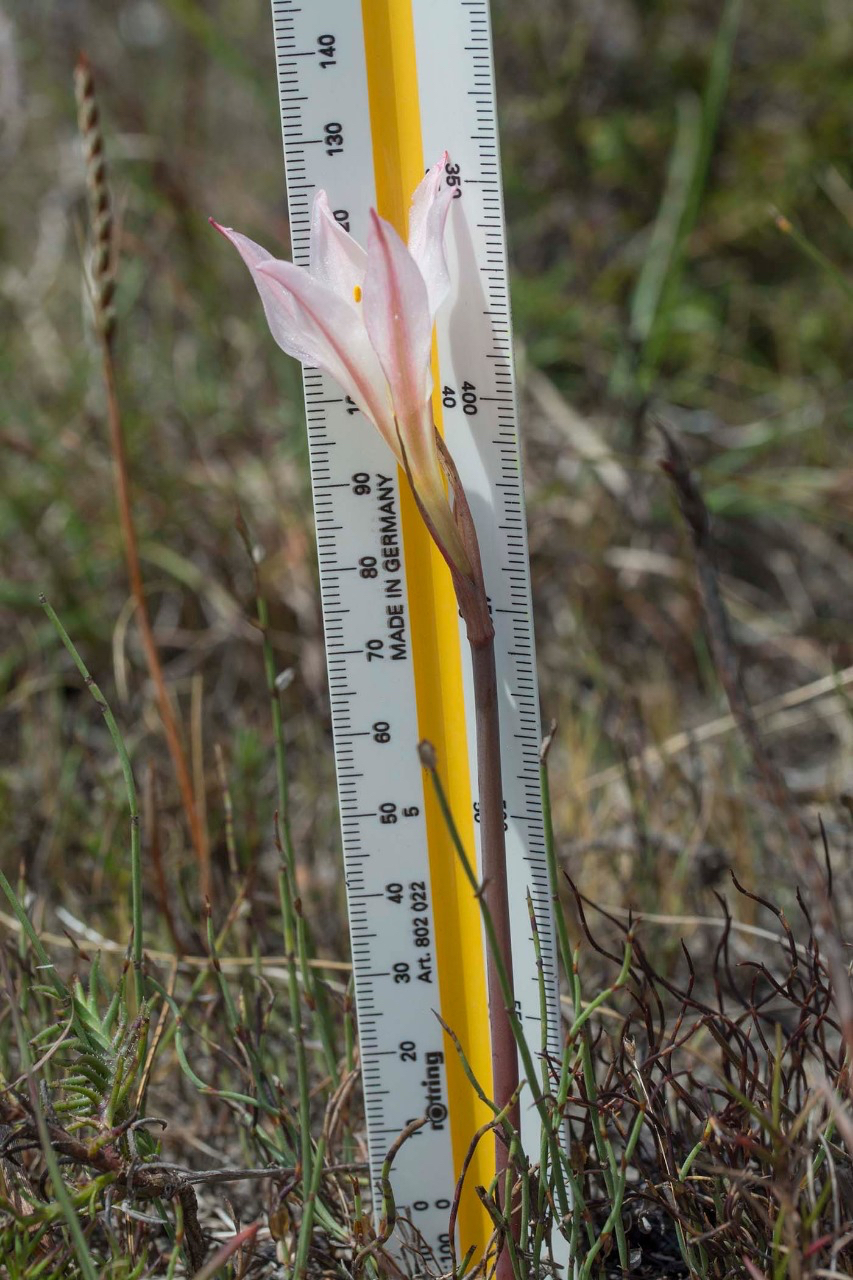
Koopman added: ‘It also shows the importance of the integration of the botanical community. This species went from the Nuwejaars conservation team, through a series of botanical experts, I acted as a courier to SANBI’s taxonomist to ultimately describe the species. This outcome – that the species is now formally described and can be assessed to receive a red list status – is essential.’
A unique conservation model
NWSMA Project Manager Ross Kettles said the discovery highlights the importance of understanding and protecting natural landscapes, also on private land. ‘This ‘Nuwejaars Lily would never have been recognised as a new species, were it not for the conservation work taking place here in partnership with our farmer-members.
‘This model is unique: farmers continue to farm, but at the same time we can’t lose what’s left of our biodiversity here. Farmers here have therefore made the ultimate commitment to this protection, signing title deed restrictions to protect our natural world in perpetuity,’ he concluded.
Funders of conservation in the area include the Mapula Trust, Hans Hoheisen Charitable Trust, WWF South Africa, the National Lotteries Commission and the Overberg District Municipality.
Website: www.nuwejaars.com
Pictures: Supplied
ALSO READ
Farm stalls between Cape Town and Clanwilliam: Desert Rose, Koringberg









